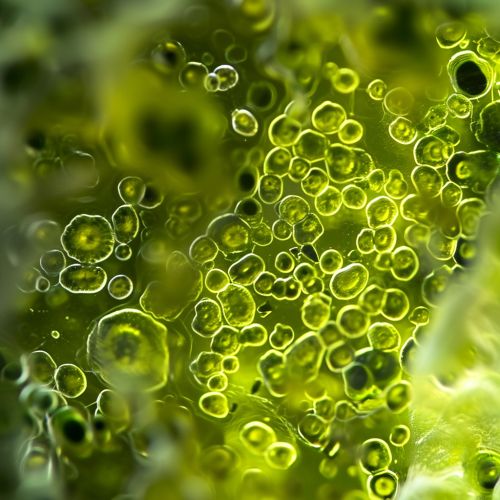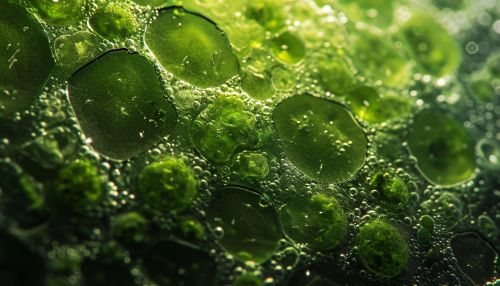Photosynthetic Microbial Fuel Cells
Introduction
Photosynthetic Microbial Fuel Cells (PMFCs) are a type of MFC that utilize photosynthetic microorganisms to generate electricity. These microorganisms, such as cyanobacteria and green algae, are capable of converting light energy, usually from the sun, into chemical energy through the process of photosynthesis.


Principle of Operation
PMFCs operate based on the principle of photosynthesis, a process used by plants and some microorganisms to convert light energy into chemical energy. In PMFCs, photosynthetic microorganisms are used as the biocatalyst to convert light energy into electrical energy.
The operation of a PMFC involves two main processes: photosynthesis and electrochemical reaction. During photosynthesis, the photosynthetic microorganisms absorb light energy and use it to convert carbon dioxide and water into glucose and oxygen. This process releases electrons, which are then captured by the anode of the fuel cell.
The electrochemical reaction occurs when the electrons captured by the anode are transferred to the cathode through an external circuit. This flow of electrons from the anode to the cathode generates an electrical current. The efficiency of a PMFC in generating electricity depends on several factors, including the type of photosynthetic microorganism used, the intensity of light, and the design of the fuel cell.
Types of Photosynthetic Microorganisms
There are several types of photosynthetic microorganisms that can be used in PMFCs. These include cyanobacteria, green algae, and purple bacteria. Each of these microorganisms has its own unique characteristics and advantages for use in PMFCs.
Cyanobacteria
Cyanobacteria are a type of photosynthetic bacteria that are capable of performing oxygenic photosynthesis, a process that produces oxygen as a byproduct. Cyanobacteria are known for their high photosynthetic efficiency and their ability to survive in a wide range of environmental conditions. These characteristics make them an ideal choice for use in PMFCs.
Green Algae
Green Algae are a type of algae that are capable of performing oxygenic photosynthesis. Green algae are known for their high growth rate and their ability to adapt to various light conditions. These characteristics make them a suitable choice for use in PMFCs.
Purple Bacteria
Purple Bacteria are a type of photosynthetic bacteria that are capable of performing anoxygenic photosynthesis, a process that does not produce oxygen as a byproduct. Purple bacteria are known for their ability to utilize a wide range of light wavelengths, including those that are not absorbed by green plants and algae. This characteristic makes them a potential choice for use in PMFCs.
Advantages and Limitations
PMFCs offer several advantages over traditional fuel cells. These include the ability to generate electricity from renewable sources, the potential for carbon dioxide sequestration, and the possibility of integrating with wastewater treatment processes.
However, PMFCs also have several limitations. These include the relatively low power output compared to other types of fuel cells, the dependence on light availability, and the challenges associated with scaling up the technology for large-scale applications.
Future Perspectives
Despite the current limitations, PMFCs hold great promise for the future. With further research and development, it is expected that the efficiency and power output of PMFCs can be significantly improved. In addition, the integration of PMFCs with other renewable energy technologies, such as solar panels and wind turbines, could provide a sustainable solution for meeting the world's energy needs.
